|
Tony Evers
Wisconsin governor's race
|
|
|
Challenging a governor infamous for union busting, Evers opposes
right-to-work and Wisconsin's Act 10, which drastically curtailed public
workers' bargaining rights. He wants to reverse GOP damage to
prevailing wage and repeal laws that deny localities their right to pass
living-wage and other worker protections. Evers is a career educator
and state superintendent; incumbent Gov. Scott Walker, in his first
term, cut more than $1 billion in school funding.
Key goals: Infrastructure investment;
Medicaid expansion; higher minimum wage; reverse attacks on voting
rights; non-partisan redistricting.
|
|
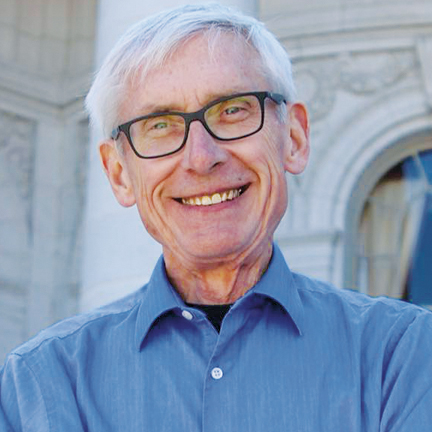
Tony Evers
|
|
|
Gretchen Whitmer
Michigan governor's race
|
|
|
As a state lawmaker, Whitmer fought for working people, forging
bipartisan coalitions to expand Medicaid and raise the minimum wage,
among other wins. She joined workers' protests when Gov. Rick Synder
locked down the state Capitol as Republicans jammed an anti-union
right-to-work bill through the legislature.
Key goals: Rebuilding Michigan's crumbling infrastructure, creating thousands of jobs; job training programs for veterans and all workers.
|
|
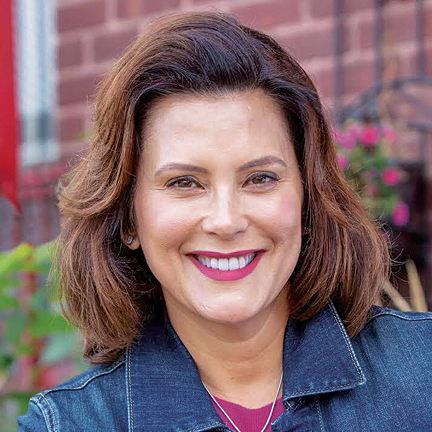
Gretchen Whitmer
|
|
|
Lisa Brown
U.S. House race, Washington state District 5
|
|
|
An economist and past state lawmaker who served as Senate majority
leader, Brown fought for health care and job creation initiatives
benefiting working families. Running against an incumbent on End
Citizens United's list of the 20 members of Congress most bankrolled by
corporate PACs, Brown is relying on grassroots support and is committed
to campaign finance reform and transparency.
Key goals: Quality, affordable health
care; protect and strengthen Social Security and Medicare; boosting
family-wage jobs through investments in infrastructure and education.
|
|
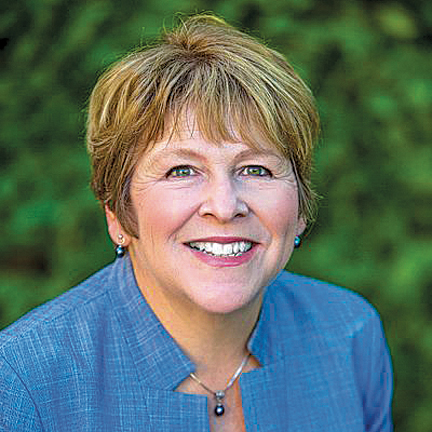
Lisa Brown
|
|
|
Richard Cordray
Ohio governor's race
|
|
|
As the first director of the federal Consumer Financial Protection
Bureau, Cordray oversaw the return of nearly $12 billion to 30 million
people harmed by Wall Street abuses that collapsed the economy in 2008.
Earlier, fighting for working people as Ohio's attorney general, he
recovered more than $2 billion for defrauded teachers and retirees.
Key goals: Medicaid expansion; a better, lower-cost state health care system; major infrastructure investment; workforce development.
|
|

Richard Cordray
|
|
|
Sen. Tina Smith
U.S. Senate race, Minnesota
|
|
|
A champion of unions, job training programs, paid family and medical
leave, retirement security and other policies that help working
families, Smith was appointed in January to fill Sen. Al Franken's seat.
Previously the state's lieutenant governor, her efforts helped cut
unemployment to one of the lowest rates in the country.
Key goals: Strengthening workers' freedom to join unions and bargain collectively; relieving the burden of student debt.
|
|
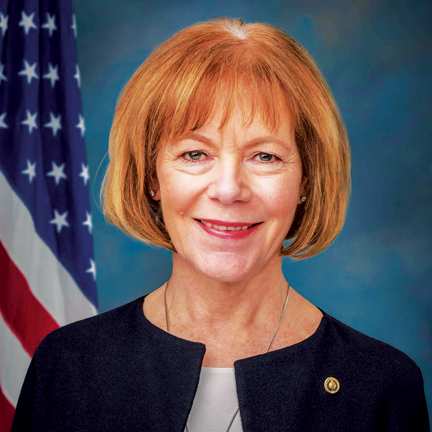
Sen. Tina Smith
|
|
|
Stacey Abrams
Georgia governor's race
|
|
|
The first woman to lead either party in the Georgia General Assembly
and the first African-American to lead in the state's House of
Representatives, Abrams helped register thousands of voters of color and
create and retain countless jobs. She has stopped measures to raise
taxes on working families and brokered compromises that led to progress
on transportation, infrastructure, and education.
Key goals: Affordable housing, education, energy, health care, infrastructure, veterans.
|
|
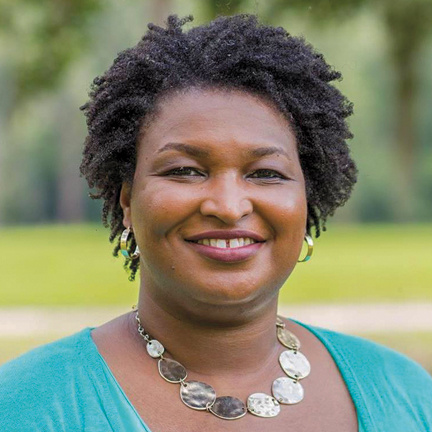
Stacey Abrams
|
|
|
JB Pritzker
Illinois governor's race
|
|
|
A businessman, Pritzker supports strong collective bargaining rights,
wage theft enforcement, project labor agreements and other worker
protections. Extreme anti-union Gov. Bruce Rauner opposes them all, and
even filed the original lawsuit that led to the Supreme Court's damaging
Janus v. AFSCME ruling in June. Telling the rags-to-riches story of his
great-grandfather, Pritzker stresses the role social services and
public schools played: "You can't pull yourself up by your bootstraps if
you don't have any."
Key goals: Quality, affordable health
care; higher minimum wage; job-creating infrastructure investments;
incentives for manufacturing growth
|
|
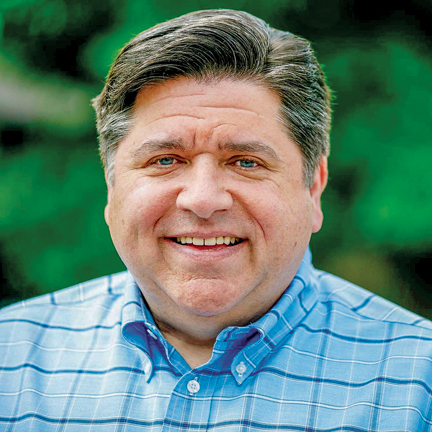
JB Pritzker
|
|
|
Gil Cisneros
U.S. House race, California District 39
|
|
|
A health care and education advocate who's never held public office,
Cisneros is vying for a seat vacated by a 25-year anti-union incumbent.
He learned firsthand how working families suffer without health care
when his Vietnam veteran father, ill from Agent Orange, lost his medical
insurance. A lottery winner in 2010, he has plugged his winnings into
scholarships and education programs.
Key goals: Raising the minimum wage;
lowering middle-class taxes while cutting special interest tax breaks;
strengthening Obamacare; protecting Social Security and Medicare.
|
|
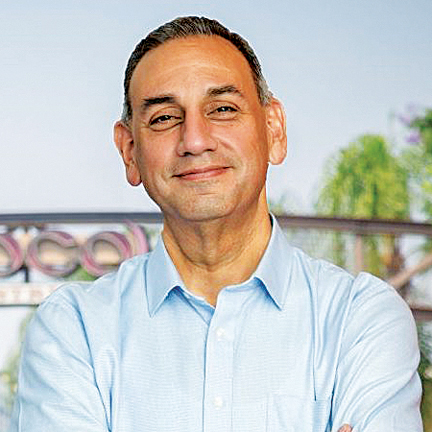
Gil Cisneros
|
|
|
Randy Bryce
U.S. House race, Wisconsin District 1
|
|
|
Proud union Ironworker Randy Bryce has been a pro-worker bolt of
lightning on the campaign trail since deciding last year to challenge
House Speaker Paul Ryan, who later announced he would not seek
re-election. A cancer survivor with ailing parents, Bryce was spurred to
run by Ryan's attacks on Obamacare, Social Security, Medicare and
Medicaid.
Key goals: Medicare for All; pass Butch Lewis Act to protect union pensions; fully staff OSHA; make middle-class tax cuts permanent.
|
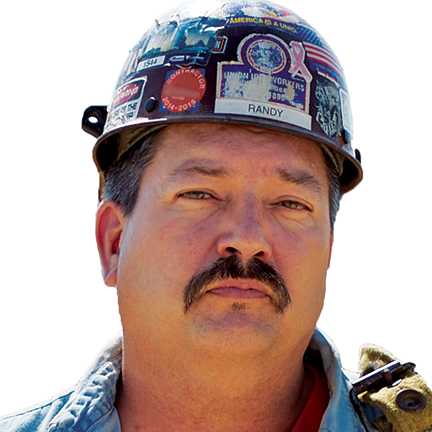
Randy Bryce
|
|
|
|